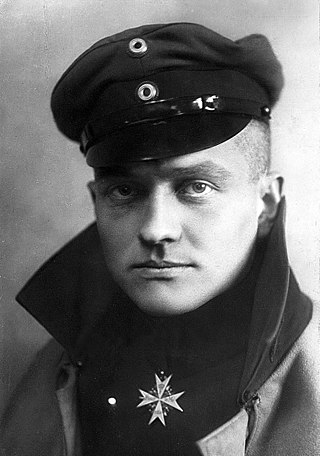
The following are lists of World War I flying aces. Historically, a flying ace was defined as a military aviator credited with shooting down five or more enemy aircraft during aerial combat. The term was first used by French newspapers, describing Adolphe Pégoud as l'as, after he downed seven German aircraft.
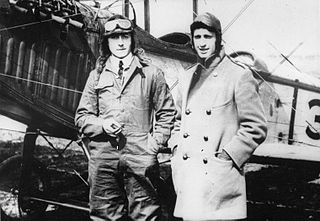
Captain Ernest Charles Hoy DFC was a Canadian First World War flying ace, officially credited with 13 victories. He later pioneered airmail flight over the Canadian Rockies.
Captain Robert Norwood Hall was a South African World War I flying ace credited with five aerial victories.
Lieutenant Ernest Lindup was a South African World War I flying ace credited with five aerial victories.

Lieutenant Orville Alfred Ralston was a World War I flying ace credited with five aerial victories. He returned to service for World War II, only to die in a B-17 crash.

Lieutenant William Dolley Tipton began his military career as a World War I Sopwith Camel pilot. The U.S. Air Force officially credits him with four aerial victories during the war, although other sources claim he had five, and thus was a flying ace. He was one of the founding officers of what would become the Maryland Air National Guard. As a member of the Maryland National Guard, he was mobilized during World War II. He rose to the rank of colonel during the war. He died on December 12, 1945, in an aircraft accident. Tipton Airport in Anne Arundel County, Maryland, is named in his honor.

Lieutenant Hilbert Leigh Bair began his service career as a World War I flying ace credited with six aerial victories.

Leutnant Hans Imelmann was a World War I flying ace credited with six aerial victories. As a founding member of one of Germany's original fighter squadrons, he was shot down and killed before he reached his twentieth birthday.
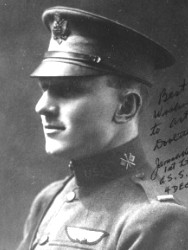
Lieutenant James Alfred Keating was an American World War I flying ace credited with six aerial victories, including four triumphs during a running battle on 9 August 1918.

Lieutenant Cleo Francis Pineau was an American World War I flying ace credited with six aerial victories. He was a renowned motorcycle racer both before and after the war. He later became an executive in the steel industry.
Lieutenant D'Arcy Fowlis Hilton was a Canadian-born American World War I flying ace credited with eight aerial victories.
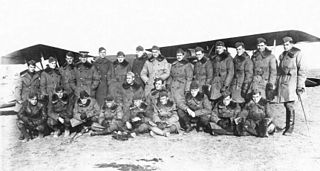
The 139th Aero Squadron was a United States Army Air Service unit that fought on the Western Front during World War I.
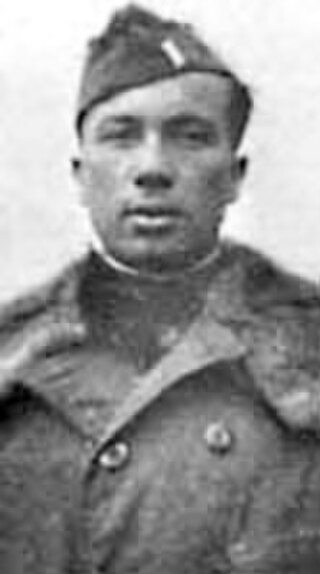
Lieutenant William Portwood Erwin was an American World War I flying ace credited with eight aerial victories. On 19 August 1927, he disappeared during the Dole Air Race from Oakland, California to Hawaii.
Captain Frank Clifton Gorringe was a British World War I flying ace credited with 14 aerial victories.
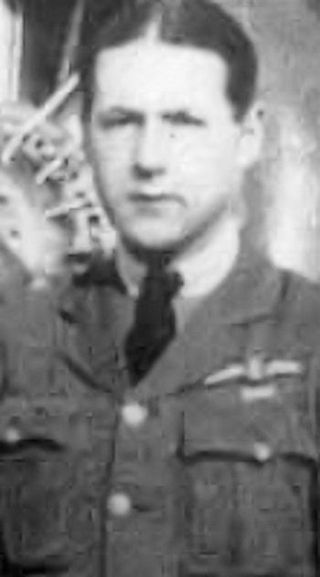
Lieutenant Kenneth Russell Unger was an American World War I flying ace credited with fourteen aerial victories. His candidacy rejected by his own nation, Unger applied to the British Royal Flying Corps for military pilot training in June 1917. Once trained, he was assigned to the Royal Naval Air Service (RNAS). As the RNAS was merged into the Royal Air Force, Unger scored his aerial victories between 26 June and 1 November 1918. In later life, Unger remained involved in aviation and served again during World War II. He also joined the U.S. Navy Reserves, rising to the rank of rear admiral.

Captain Henry Robinson Clay, Jr. was a World War I flying ace credited with eight confirmed aerial victories.

Lieutenant Chester Ellis Wright was an American World War I flying ace credited with nine confirmed aerial victories. He was the top scoring ace for his squadron.

During World War I, the national air services involved developed their own methods of assessing and assigning credit for aerial victories.
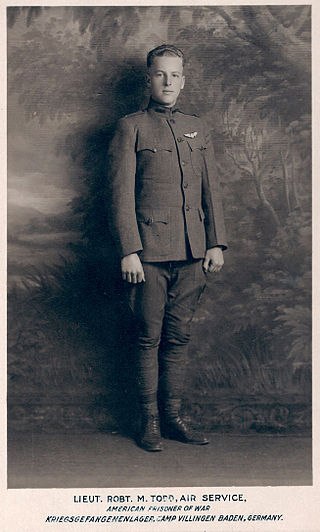
Lieutenant Robert Miles Todd was an American World War I flying ace credited with five enemy planes destroyed.

















